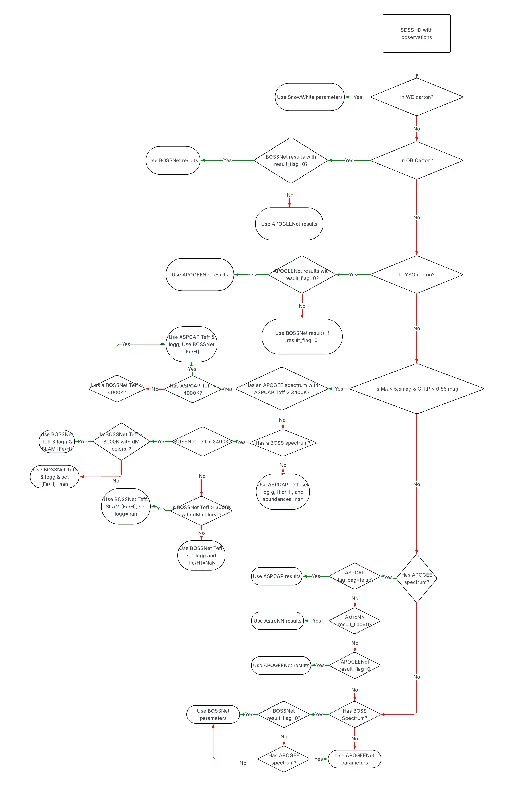Unveiling the Cosmos: The Groundbreaking Insights of the Nineteenth Data Release from the Sloan Digital Sky Survey

Astrophysics has taken a giant leap forward with the release of the Nineteenth Data Release (DR19) from the Sloan Digital Sky Survey (SDSS). This extensive work marks a pivotal moment for astronomers and science enthusiasts alike, presenting vast amounts of new data and insights gathered over decades of astronomical observation.
The Evolution of Sky Mapping
For over 27 years, SDSS has meticulously mapped millions of celestial objects, contributing significantly to our understanding of the universe. The latest SDSS-V comprises three main scientific mappers: the Milky Way Mapper (MWM), Black Hole Mapper (BHM), and Local Volume Mapper (LVM), each focusing on different astronomical phenomena.
DR19 distinguishes itself as the first release containing data from all three mappers, thereafter enhancing scientific exploration with its freshest yet substantial dataset available to the community.
Key Contributions in DR19
With the advent of DR19, astronomers are presented with data regarding approximately 390,000 stars from the MWM, focused on understanding the formation and evolution of our Milky Way galaxy. Meanwhile, the BHM has released about 318,000 spectra of quasars and galaxies, crucial for studying black hole physics over cosmic time. The LVM contributes a first preview of integral field data, including spectral information of the notable Helix Nebula.
Astrobiological research can now delve deeper with nine new Value Added Catalogs (VACs), which not only enrich the existing databases but also provide novel techniques for data analysis and categorization. This multifaceted approach facilitates detailed studies of stellar parameters, chemical abundances, and galaxy dynamics.
Impact on Further Research
The availability of DR19 is expected to inspire groundbreaking research across diverse astrophysical topics. Robust tutorials and demonstrative examples have been included alongside the data release, making it more accessible for researchers and students. This fostered an ecosystem that encourages collaborative scientific exploration and outreach.
Notably, the integration of machine learning techniques has allowed for more precise measurements of stellar parameters and a more systematic understanding of phenomena such as stellar age and composition. Such advancements indicate a promising direction for the future of celestial studies.
Conclusion
The Nineteenth Data Release by SDSS is not merely an addition to astronomical databases; it is a milestone in our relentless quest for knowledge about the cosmos. As the scientific community continues to unravel the mysteries of the universe, operational resources like DR19 present opportunities for profound exploration and discovery.